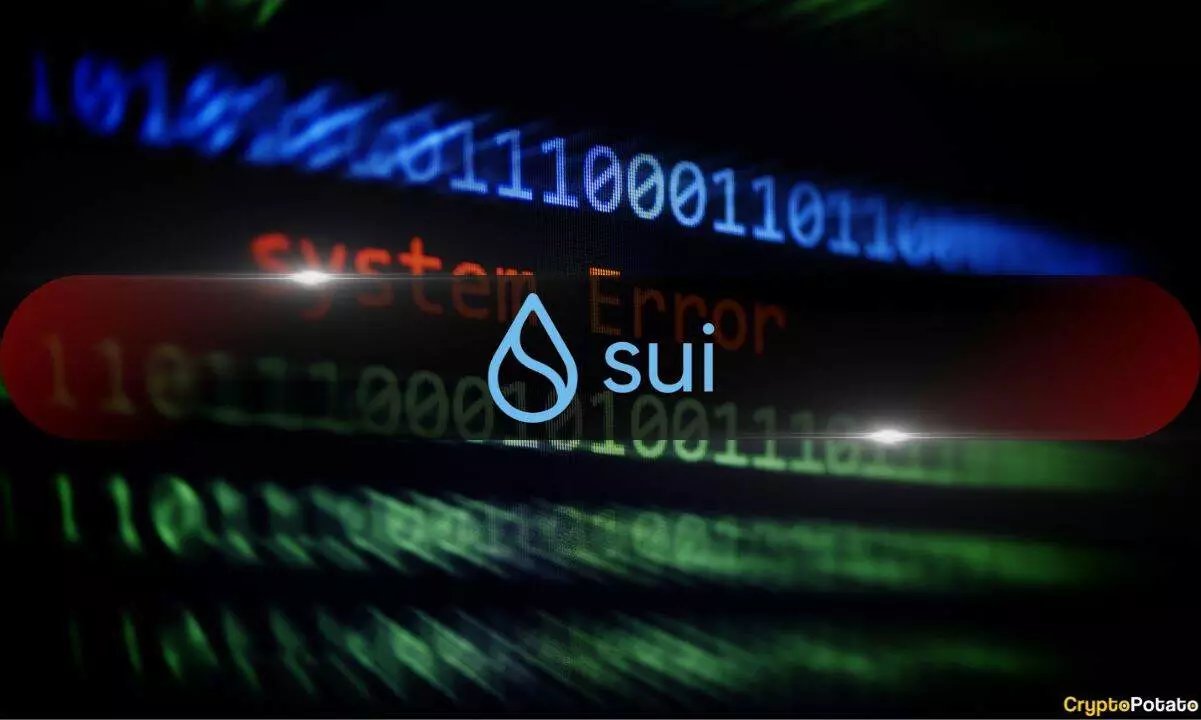On November 21st, Sui Network experienced a significant operational disruption that halted block production on its mainnet. This failure, which rendered the blockchain temporarily inoperative, lasted for approximately two hours before the system was restored. The outage stemmed from a bug within the transaction scheduling logic, leading to complications that caused validator nodes to crash. This incident raises important questions about the reliability and infrastructural robustness of blockchain networks, particularly for newer systems like Sui, which is striving to position itself as a leading player in the cryptocurrency landscape.
The swift response from Sui’s validator community deserves commendation. In their official statement, the Sui team acknowledged the diligence and effort that contributed to restoring functionality promptly. The community’s ability to rally together to address the bug illustrates an essential strength of decentralized networks: the collaborative spirit that often emerges in times of crisis. However, it also spotlights a vital area for improvement in Sui’s technical framework, underscoring the need for more rigorous testing protocols and the enhancement of transaction processing systems to prevent such occurrences in the future.
Market Impact and Recovery
In the immediate aftermath of the block production failure, SUI token prices reacted negatively, experiencing a sharp decline of nearly 10%. The price dipped from $3.7 to $3.35, reflecting the market’s sensitivity to reliability issues within blockchain platforms. Fortunately, a recovery ensued, with prices climbing back to around $3.64. Nonetheless, the reaction of cryptocurrency exchanges, such as Upbit temporarily halting SUI deposits and withdrawals, indicates a level of caution among market operators following the incident. This preemptive measure further illustrates the ripple effect that technical failures can have on user confidence and market behavior.
Sui Network’s aspirations to challenge established platforms like Solana is commendable, but the recent downtime raises concerns regarding its stability compared to competitors who have faced similar challenges. Solana, which has endured a series of outages in the past, has also made notable adjustments and improvements over time. The comparison reveals that while Sui is still in the nascent phase of its development, its path will be fraught with scrutiny as it attempts to climb the ranks among top blockchain solutions. Sui must learn from the experiences of established players, which includes bolstering infrastructure and operational protocols to maintain consistent uptime.
Despite the recent hiccup, Sui Network has shown potential for growth, as evidenced by its DeFi ecosystem achieving a total value locked (TVL) exceeding $1 billion, marking a new historical high. The decline to $1.60 billion post-outage underscores the fragility of market confidence, which can be easily shaken by technical deficiencies. Moving forward, Sui must not only focus on technological enhancements but also on cultivating transparency and confidence among users and investors. By addressing these areas effectively, Sui Network can pave the way for stronger foundations in the highly competitive blockchain environment. The events of November 21st serve as a critical reminder of the challenges faced by emerging technologies and the need for resilience amid adversity.

